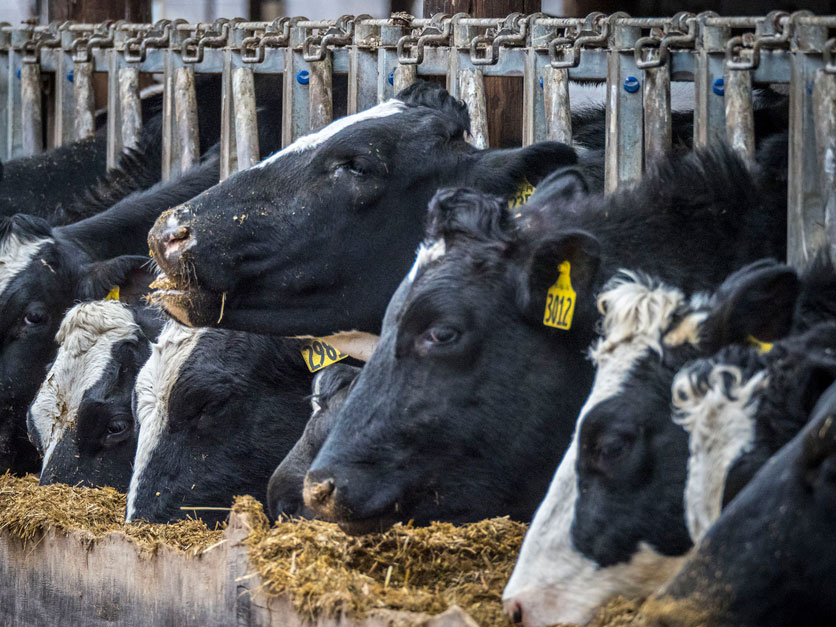USDA’s Risk Management Agency has approved the first revenue protection insurance policy for dairy producers, allowing them to buy coverage for the first quarter of 2019.
Signup for the product will start Oct. 9.
The Dairy Revenue Protection policy, developed by the American Farm Bureau Federation and American Farm Bureau Insurance Services, will provide indemnities when milk prices fall and actual revenue is below a revenue guarantee.
Premiums will be subsidized similarly to the way they are for existing crop insurance products for corn and other commodities.
“Expanding the federal crop insurance program to markets that need it is key to an effective farm safety net,” said Bill Northey, USDA’s undersecretary for farm production and conservation.
Producers can still participate in the farm bill's Margin Protection Program for dairy even if they purchase revenue protection (RP) coverage.
Premium subsidies will vary depending on the coverage level. If the premium for 95 percent coverage is 20 cents per hundredweight, the farmer would pay 11 cents per hundredweight for the policy, according to an AFBF summary.
RP coverage levels will be available in 5-percent increments for 70 to 95 percent of revenue and linked to prices for various products, including fresh milk, cheese or butterfat.
A farmer’s actual revenue will be determined by the value of milk, based off Chicago Mercantile Exchange futures, times the covered production. The farm's production will be adjusted according to actual yields for the state or region.
If the expected milk production during the quarter is 5,000 pounds per cow, and USDA reports that actual milk production for the state or region is 5,100 pounds – 2 percent more than expected – there will be a yield adjustment factor of 1.02, which could lower a farm's indemnity. Likewise, if actual milk yield is lower than expected, the indemnity could be higher because of the yield adjustment.
The ranking Democrat on the House Agriculture Committee, Rep. Collin Peterson of Minnesota, welcomed the new product. "As I meet with farmers around my district, it is clear that times continue to be tough for the dairy industry. Our producers need more tools to manage their risk," he said.
Mark Stephenson, an economist at the University of Wisconsin, said Dairy RP will appear more attractive to producers during periods when fairly high prices are expected. Such policies "will look expensive in times like now when futures markets are not forecasting very high prices."
Read the full AFBF explanation of the policy here.


